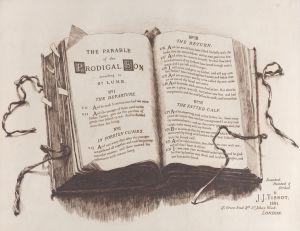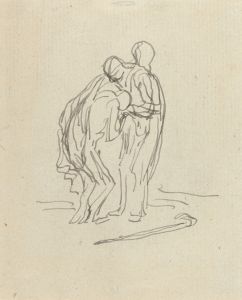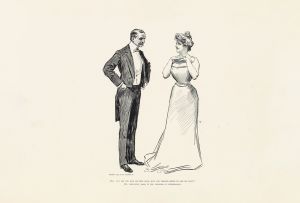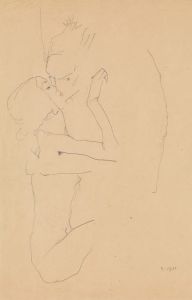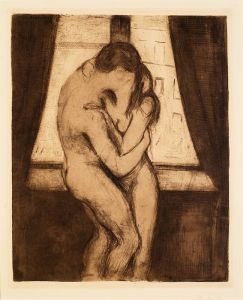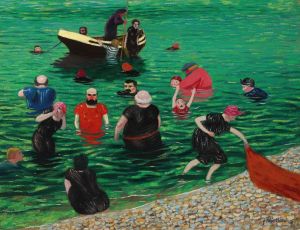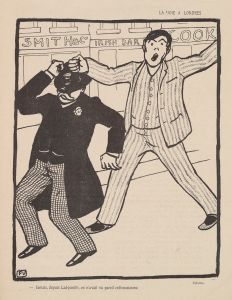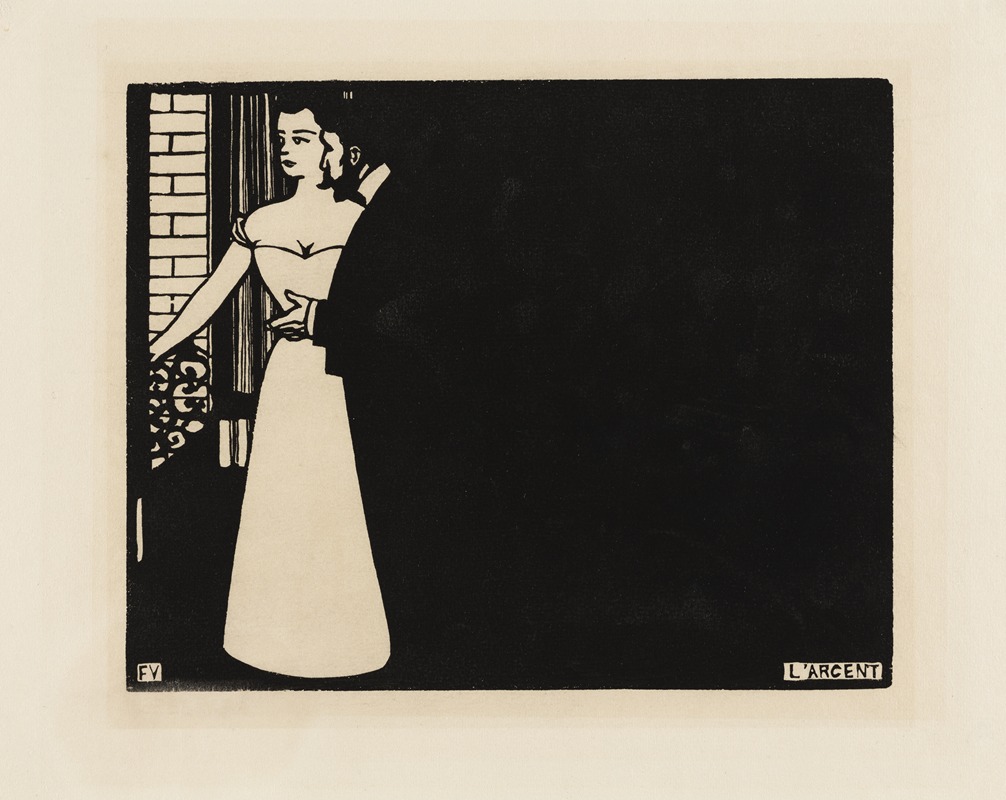
Money
A hand-painted replica of Félix Vallotton’s masterpiece Money, meticulously crafted by professional artists to capture the true essence of the original. Each piece is created with museum-quality canvas and rare mineral pigments, carefully painted by experienced artists with delicate brushstrokes and rich, layered colors to perfectly recreate the texture of the original artwork. Unlike machine-printed reproductions, this hand-painted version brings the painting to life, infused with the artist’s emotions and skill in every stroke. Whether for personal collection or home decoration, it instantly elevates the artistic atmosphere of any space.
Félix Vallotton was a Swiss-French painter and printmaker associated with the Post-Impressionist movement and the group of artists known as Les Nabis. Vallotton is renowned for his distinctive style, characterized by bold outlines, flat areas of color, and a keen sense of composition. One of his notable works is the painting titled "Money" (French: "L'Argent"), created in 1917.
"Money" is a significant piece that reflects Vallotton's interest in the themes of wealth, power, and the social dynamics surrounding them. The painting is executed in oil on canvas, a medium Vallotton frequently used to explore complex social and psychological themes. In this work, Vallotton employs his characteristic style, combining sharp lines and a limited color palette to create a scene that is both visually striking and thematically rich.
The composition of "Money" is carefully constructed to draw the viewer's attention to the interactions between the figures depicted. Vallotton's use of space and perspective is deliberate, creating a sense of tension and intrigue. The figures in the painting are engaged in a scene that suggests negotiation or transaction, a common motif in Vallotton's exploration of human relationships and societal structures.
Vallotton's work often includes a critical perspective on the bourgeoisie and the socio-economic conditions of his time. "Money" can be seen as a commentary on the influence of wealth and the moral questions it raises. The painting's atmosphere is one of ambiguity, leaving the viewer to ponder the motivations and emotions of the characters involved.
Throughout his career, Vallotton was influenced by various artistic movements and his contemporaries, including the Impressionists and the Symbolists. However, he maintained a unique voice, often focusing on the darker aspects of human nature and the complexities of modern life. His work is noted for its psychological depth and the ability to convey narrative through visual means.
"Money" is part of Vallotton's broader body of work that examines the interplay between individuals and the societal forces that shape their lives. His paintings often serve as a mirror to the cultural and economic realities of the early 20th century, providing insight into the artist's perspective on the world around him.
Today, Félix Vallotton's works, including "Money," are held in high regard and can be found in major art museums and collections worldwide. His contributions to the Post-Impressionist movement and his distinctive approach to painting and printmaking continue to be studied and appreciated for their artistic and historical significance. Vallotton's legacy is that of an artist who skillfully combined aesthetic innovation with incisive social commentary, making his work relevant to both his contemporaries and modern audiences.





